Table of Contents
What is a Broadhead?
A broadhead is the most crucial hunting component of a crossbow. They are primarily used for hunting big game. A proper selection of arrow and broadhead is critical for achieving the most penetration possible. Today’s market offers various crossbow-specific broadheads; choosing one that suits your crossbow model and bolts can be quite challenging. Here is a buyer’s guide to help you make the right selection.
What Do I Want to Achieve with a Good Broadhead?
There are many different broadhead types on the market, but they all try to achieve the same things like below:
Penetration
A good broadhead should offer better penetration. You need a broadhead that will help you make a sure, quick, and most effective kill. A broadhead should be able to penetrate your target’s skin, go as deep as possible and cause maximum damage.
Accuracy
Broadheads are often susceptible to winds, for they are designed with more extensive and broader blades. However, there are various designs in the market that have been designed to minimize drag. For instance, mechanical blades are more accurate than fixed blades because they fly similar to field-tips.
Wound Channel
When hunting, aim at having a broadhead that helps you achieve a wide wound channel. With a wide wound channel, there are higher chances that you will hit a vital organ, thus killing the animal. It also increases bleeding.
Blood Trail
Blood trail helps hunters trace their targets. In many cases, the animal doesn’t die on the spot; after getting wounded, they tend to move away. You want a broadhead that will help you create a visible blood trail.
Pick Your Preference: A Fixed Broadhead or A Mechanical Broadhead
There are principally two types of broadheads: fixed-blade broadheads and mechanical broadheads.
Fixed-blade Broadhead
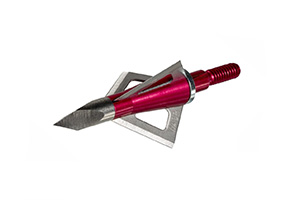
It is the conventional broadhead and is ideal for beginners. It has blades built into the ferrules or use replaceable blades that fit into the spaces along with the broadhead ferrule.
- Better penetration – the broadhead doesn’t use the arrow’s kinetic energy to open the blades
- Easy to practice with
- Easy to clean and sharpen
- Durable and reliable
- Require more turning to be accurate
- With a shorter arrow, the broadhead can quickly take over control of arrow flight
- More susceptible to wind distractions
- Smaller cutting diameter
Mechanical-blade Broadhead
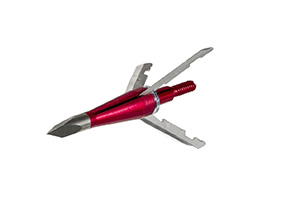
In a mechanical broadhead, the point of impact is closer to the effect of the field tip compared to a crossbow with a fixed-blade broadhead. With advancement comes mechanical broadheads with retracted blades that cause them to spring on impact.
- Tend to shot with the same precision as field points
- More accurate for long-distance shots
- It has a larger cutting diameter
- Provides a more consistent line of flight
- It requires more kinetic energy of up to 15ft. /lbs. to open, leaving less energy for proper penetration
- With high-speed crossbows, one must be cautious of early deployment
- Difficult to clean and maintain
Fixed Blade Vs Mechanical Blade
Mechanical blades require more kinetic energy to open and thus do not offer as much penetration as a fixed-bladed broadhead.
For better results with a mechanical blade, shoot it with a faster crossbow. With a fixed blade, make plenty of shots to your target to determine how your arrow will fly.
Understanding Your Broadhead Better
Cutting Diameter
Cutting diameter refers to the dimension of the broadhead blades when fully deployed. Fixed blade broadheads have a smaller cutting diameter ranging from 1″ – 1.5″. Mechanical blades, on the other hand, tend to have larger diameters above 1.5″.
Hunting big games requires a larger cutting diameter hence mechanical blades are effective in such a case.
A larger cutting diameter implies a wider wound channel, a more substantial blood trail but reduced penetration.
Broadhead Weight
A standard broadhead weight ranges from 100 to 150 grains. The broadhead weight has a significant impact on the bolt power, penetration, and FOC.
With a heavier broadhead, you gain kinetic energy but lose speed. They are also quieter, making them ideal for hunting.
Most hunters do fine with a mid-range broadhead weight.
Blade Tip
Blade tips can either be a chisel tip or a cut-on-contact tip. A chisel tip is wider, blunter, and is meant for heavy impact on a big game. As the name suggests, a cut-on-contact is designed to slice open an animal’s skin upon contact. They are sharper and fat to penetrate the target’s skin easily.
Number of Blades
Broadheads often have up to three blades. Choose the number of blades according to your hunting needs. Most broadheads perform the same job with any amount of blades; what differs is the size of the wound channel. For bone-splitting and deeper penetration, consider a two-blade broadhead. If you want to achieve a wider wound channel, go for a three-bladed broadhead.
For fixed broadheads, consider aligning three blades with the fletching for a better flight. The same also offers a compromise between blade weight and strength.
Most mechanical broadheads use two blades.
Compare Price with Performance
Price is often subject to the quality and performance of a crossbow broadhead. Someone operating on a budget easily considers a cheaper pack rather than the performance. In many cases, quality and high-performing broadheads are expensive.
Buying a broadhead is an investment. As a hunter, spend on something worth it, and that will give you the kind of experience you desire.
Read Crossbow Broadhead Reviews
To get to know a broadhead better, you need to shoot it. With many options in the market, it is not easy and budget-friendly for a hunter to try every broadhead available. Therefore, the best way is to read and watch reviews from experts, hunters, and reputable brands.
When you look at archery blogs and social media platforms, you get honest client feedbacks and great reviews to help you make the perfect selection of a broadhead.
Know Your Local Game Laws
Ensure that you consult your local game regulation authorities to know any broadhead restrictions within your hunting vicinity. It should be the first consideration before you do any other research.
Regulations and restrictions differ from one state to the other. Some do have a minimum cut diameter, while others have a complete restriction on the use of mechanical broadheads. It would help if you abide by such regulations to avoid getting is the wrong side of the law. Non-compliance risks your ticket or could lead to confiscation.
SUMMARY
When choosing a broadhead, first determine your hunting needs and the crossbow specification you are using. The fact is, broadheads are manufactured with specific crossbows in mind. A broadhead that works best for one might not suit the other. Choose a high-performing broadhead from a reliable company while sticking to what works best for you.

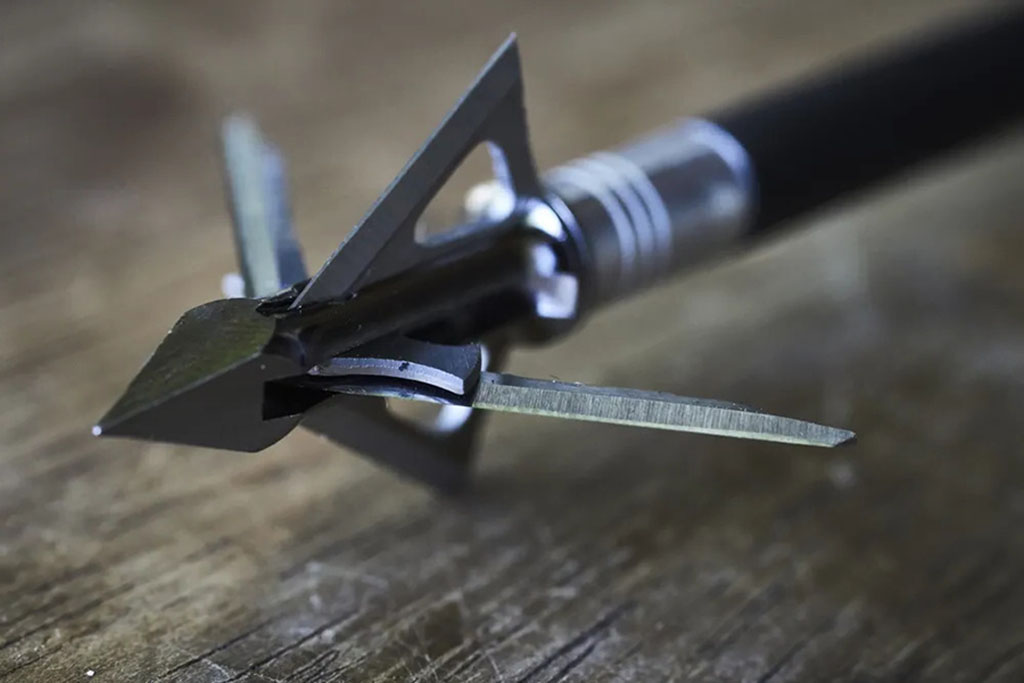
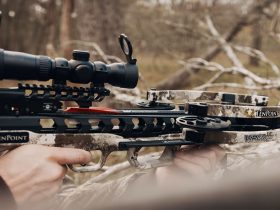

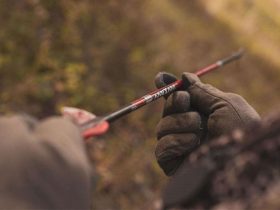
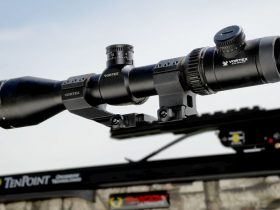
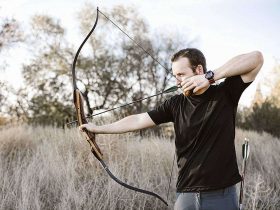
Leave a Reply